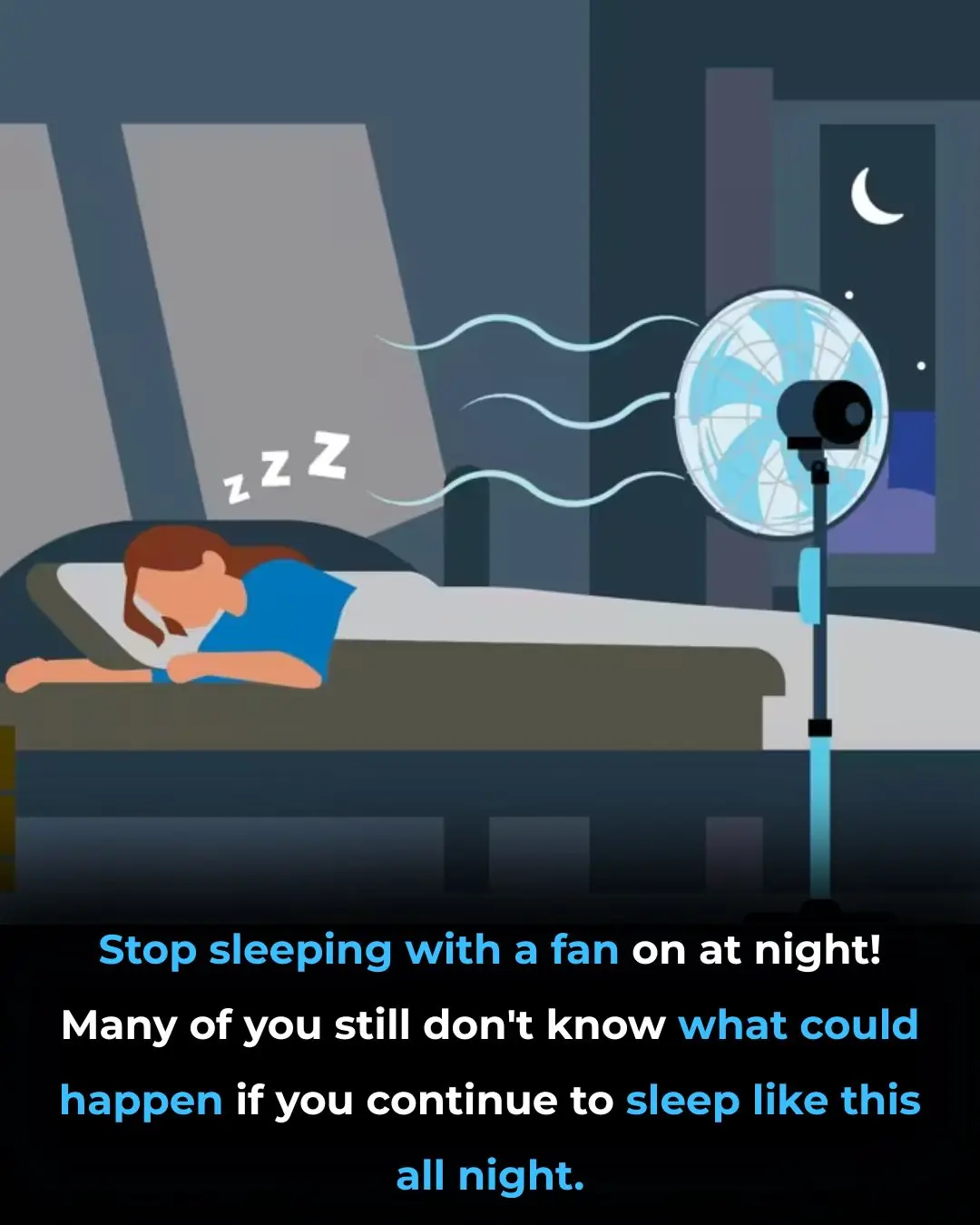
What Does This Little Mark On The Ear Mean

In a world where trends and body features often spark endless curiosity, one small yet fascinating detail has quietly captured attention: the tiny hole that appears near the top of the ear.
Some people are born with it — a barely noticeable dimple or pinhole located where the ear meets the side of the face. While piercings can be chosen for style or self-expression, this natural mark isn’t a fashion choice at all. It’s a genetic feature known as a preauricular sinus or preauricular pit — a small, congenital opening that has intrigued both scientists and everyday observers for decades.
But what exactly is it? Could it be a remnant from our evolutionary past, a sign of cultural symbolism, or simply a unique quirk of human biology? Let’s take a closer look.
What Exactly Is a Preauricular Pit?
A preauricular pit is a tiny, congenital hole located near the external ear, usually found just above the tragus — that small bump of cartilage in front of the ear canal. It’s present from birth and develops very early in the embryo, during the time when the ear and facial structures are forming.
Most of the time, it’s completely harmless and may go unnoticed for years. Some quick facts:
-
It occurs in about 0.1% to 0.9% of people in the United States.
-
It’s more common in parts of Asia and Africa, where the rate can reach up to 10% of the population.
-
It may appear on one or both ears, and sometimes runs in families, indicating a genetic link.
-
In rare cases, it can be associated with other developmental syndromes, though most people with pits are completely healthy.
While it may look like a tiny piercing, it actually leads to a narrow sinus tract under the skin — not deep into the ear, but far enough that it can occasionally collect debris or become infected.
Evolutionary Theories: A Link to Our Ancient Origins?
One of the most intriguing ideas about preauricular pits comes from evolutionary biology. Some scientists have proposed that this little feature could be a vestigial trait — a leftover from our distant aquatic ancestors, possibly related to fish gills.
During early fetal development, human embryos form pharyngeal arches, sometimes called “gill arches,” which later develop into structures like the jaw, ear, and neck. A few biologists suggest that an incomplete fusion in these areas might result in features like the preauricular sinus.
However, it’s important to note that:
🔬 This theory remains unproven and largely speculative. There’s no direct scientific evidence connecting preauricular pits to gills or aquatic ancestry.
Still, the idea captures the imagination — offering a glimpse into how small variations in development can remind us of our deep evolutionary past. Whether or not the “fish theory” holds water, it highlights just how remarkable and complex human development truly is.
Cultural and Symbolic Meanings
Beyond science, preauricular pits carry cultural and symbolic interpretations in different parts of the world.
-
Spiritual protection: In some cultures, the small ear dimple is believed to bring good fortune or divine protection, marking the person as spiritually favored.
-
Unique beauty: Just as freckles, dimples, or birthmarks can be seen as endearing traits, this feature is sometimes admired as a sign of individuality.
-
Conversation starter: Because it’s rare, it often sparks curiosity — leading to interesting discussions and stories about its origin.
In modern society, where differences are increasingly celebrated, features like the preauricular pit remind us that diversity in appearance is something to be appreciated, not hidden.
Should You Be Concerned?
For the vast majority of people, a preauricular pit is harmless and requires no medical attention. However, in a small number of cases, it can become infected. Signs that might indicate a problem include:
-
Swelling, redness, or tenderness around the pit
-
Pain or a warm sensation near the area
-
Pus or fluid discharge
-
Recurring infections that don’t heal completely
If any of these occur, a doctor may prescribe antibiotics, or in more persistent cases, perform a minor surgical procedure to remove the sinus tract completely. Once treated, it typically doesn’t return.
Embracing Your Unique Features
From the shape of our eyes to the pattern of our fingerprints, every person carries distinct details that make them who they are. The preauricular pit is just one example of these small genetic signatures — a gentle reminder that there’s no single “standard” version of human beauty.
Instead of seeing it as something odd, think of it as a symbol of individuality. Every body tells a story, and this tiny mark on the ear is a quiet, intriguing chapter in yours.
💬 Whether you view it as a biological curiosity, a cultural symbol, or simply a personal feature, it’s part of what makes you you. Unless it causes discomfort, there’s absolutely no need to change or remove it.
Final Thoughts
That “little hole near the ear” might seem insignificant, but it carries layers of meaning — from embryology and genetics to culture and personal identity. It reminds us that even the smallest details can open doors to big questions about where we come from and what makes each of us unique.
So next time someone asks, “What’s that little mark on your ear?” — you’ll have an answer that’s not only scientific but also a story of nature, history, and individuality.
Note: If you or someone you know has a preauricular pit that becomes irritated, swollen, or painful, it’s best to consult a healthcare professional for evaluation and treatment.
News in the same category


Reducing Meat Consumption by 90%: A Critical Step to Combat Climate Change and Ensure Global Sustainability

Revolutionary Nanobodies Offer New Hope for Alzheimer’s and Parkinson’s Disease Treatment

Gray Wolves: The Remarkable Lifelong Bond Between Mates and Their Role in Pack Survival

Sebastian Errazuriz’s Robotic Dogs: A Satirical Commentary on Tech Billionaires and the NFT Market

Voyager Spacecraft: A 40-Year-Old Marvel of Engineering Exploring Interstellar Space

How the U.S. Escaped Hurricane Landfalls in 2025

Ancient Shark Fossils Unearthed in Mammoth Cave Rewrite 325 Million Years of Evolutionary History

How an Italian Police Lamborghini Huracán Helped Save Lives by Delivering Kidneys Across Italy
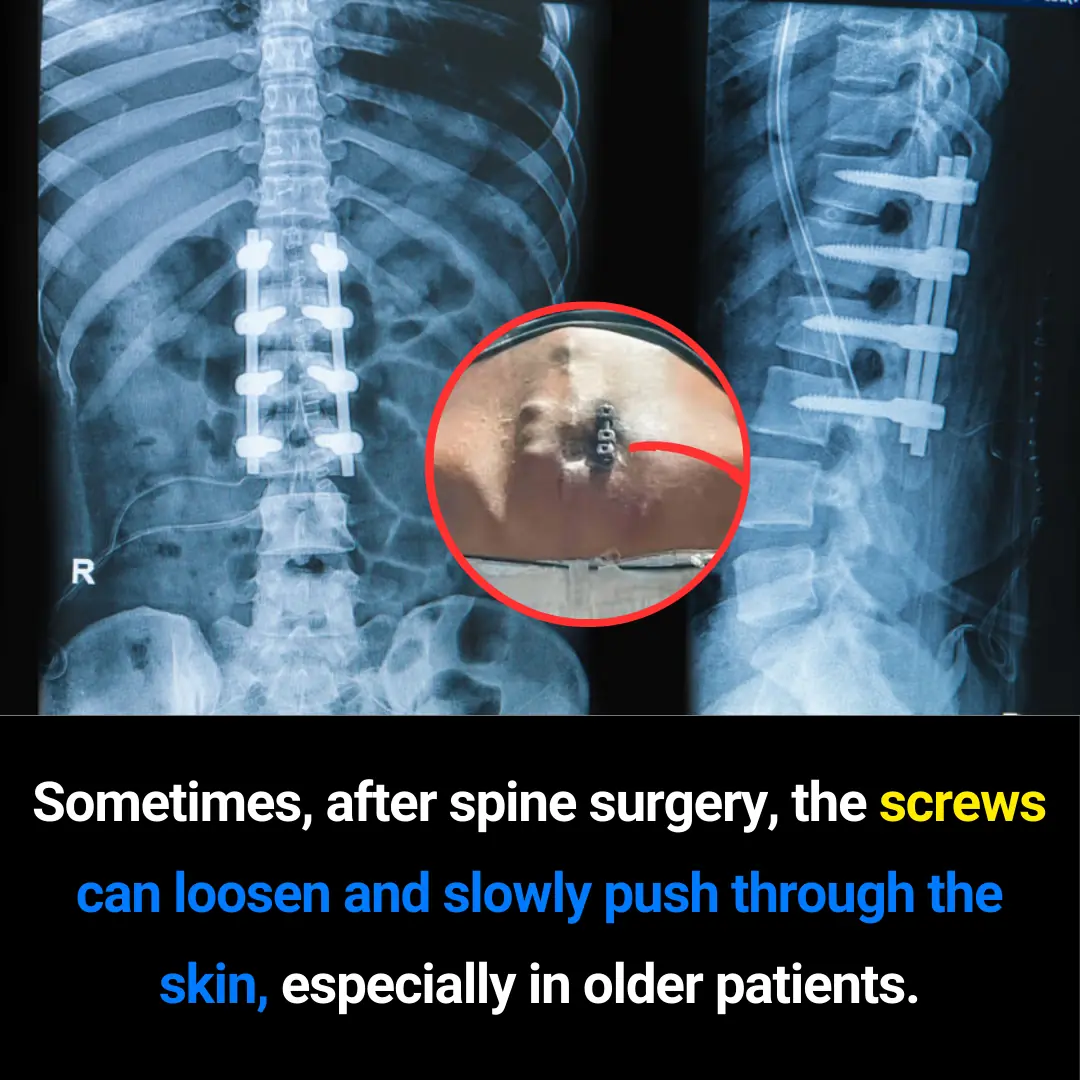
Can Spinal Screws Push Through the Skin? Understanding a Rare but Serious Post-Surgery Complication

Why the Tongue Is One of the Most Important Organs in the Human Body

What You Do First in This Scenario

Small Steps, Big Impact: How 4,000 Steps a Day Can Transform Your Health

Rising Concerns Over Excessive Headlight Brightness: A Growing Challenge for Nighttime Driving Safety in the UK

Unwavering Loyalty: The Stray Dog's Final Journey of Love and Devotion

Revolutionary MRI-Guided Cryoablation Offers Non-Invasive Cancer and Pain Treatment in Sydney
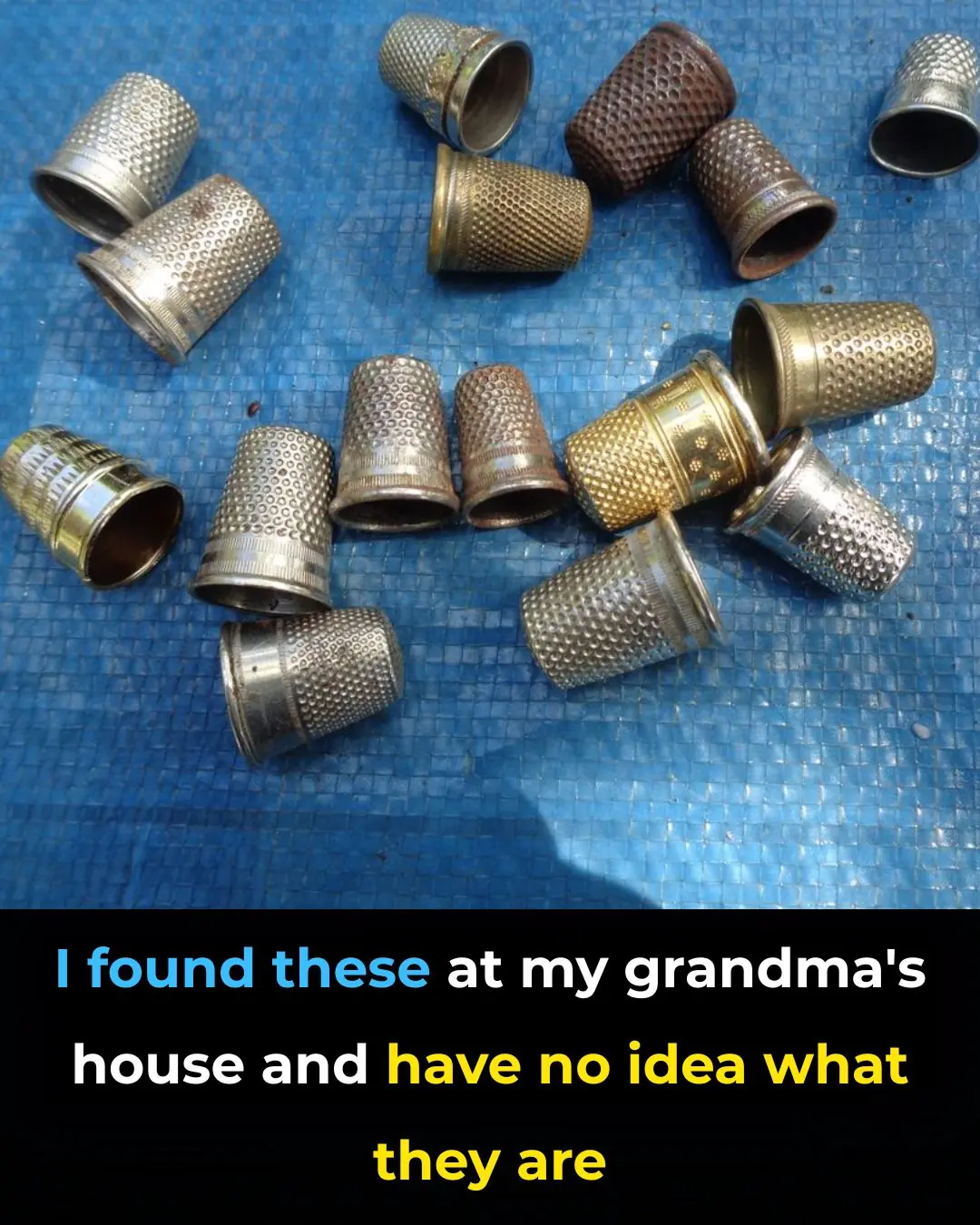
So this is what it does, here is the answer

Scientists Unlock Healing Potential of Wisdom Teeth: Stem Cells for Regenerative Medicine

1054 Supernova: The Cosmic Explosion That Shaped the Crab Nebula
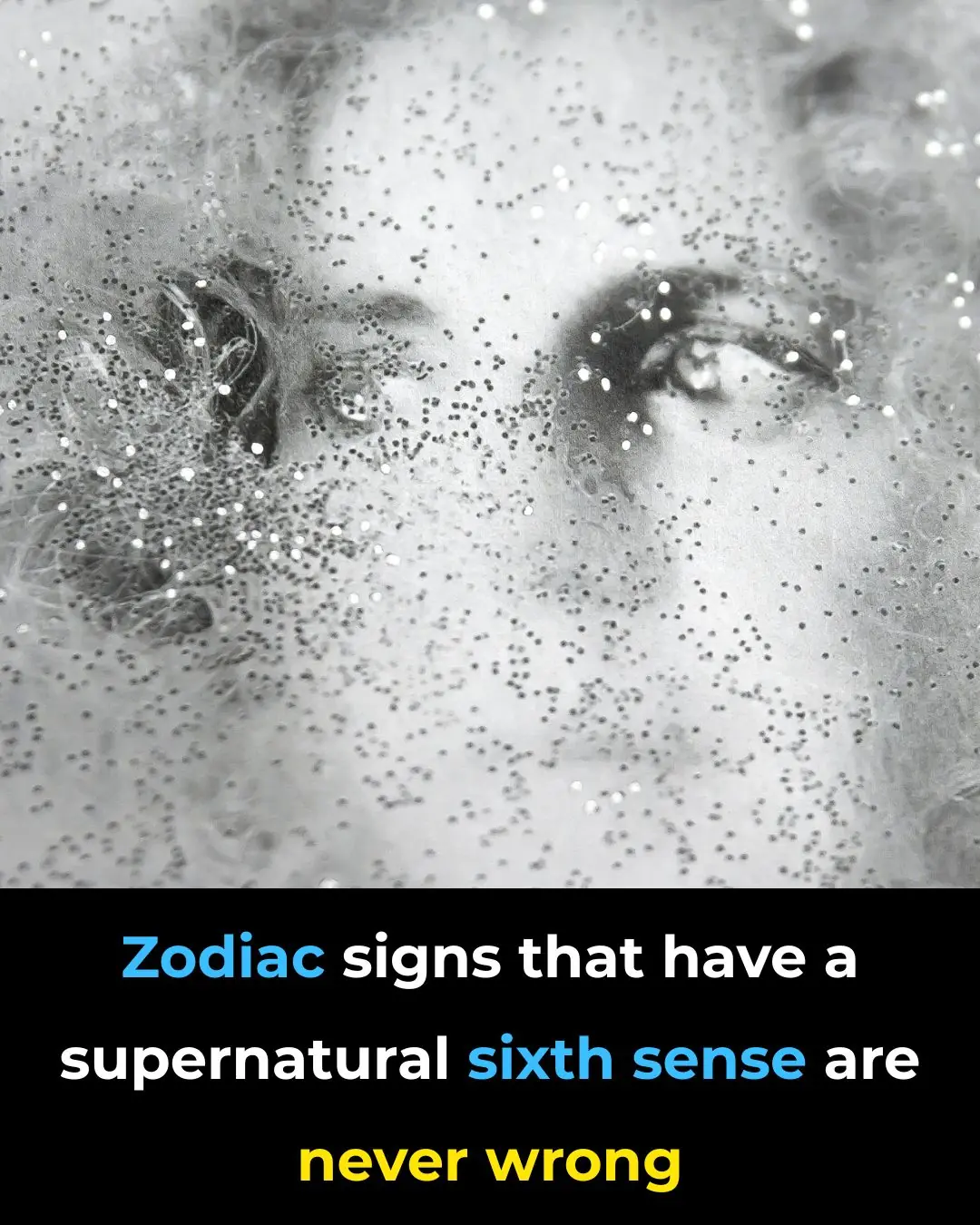
The zodiac signs with a supernatural sixth sense… See now
News Post

10 Best Foods to Detox Your Kidneys and Protect Renal Health

Honeybee Venom Can Destroy Breast Cancer Cells in Under an Hour — A Breakthrough That Could Transform Modern Medicine

Love Can Literally Make Your Body Crave More Sleep — Here’s the Science Behind It
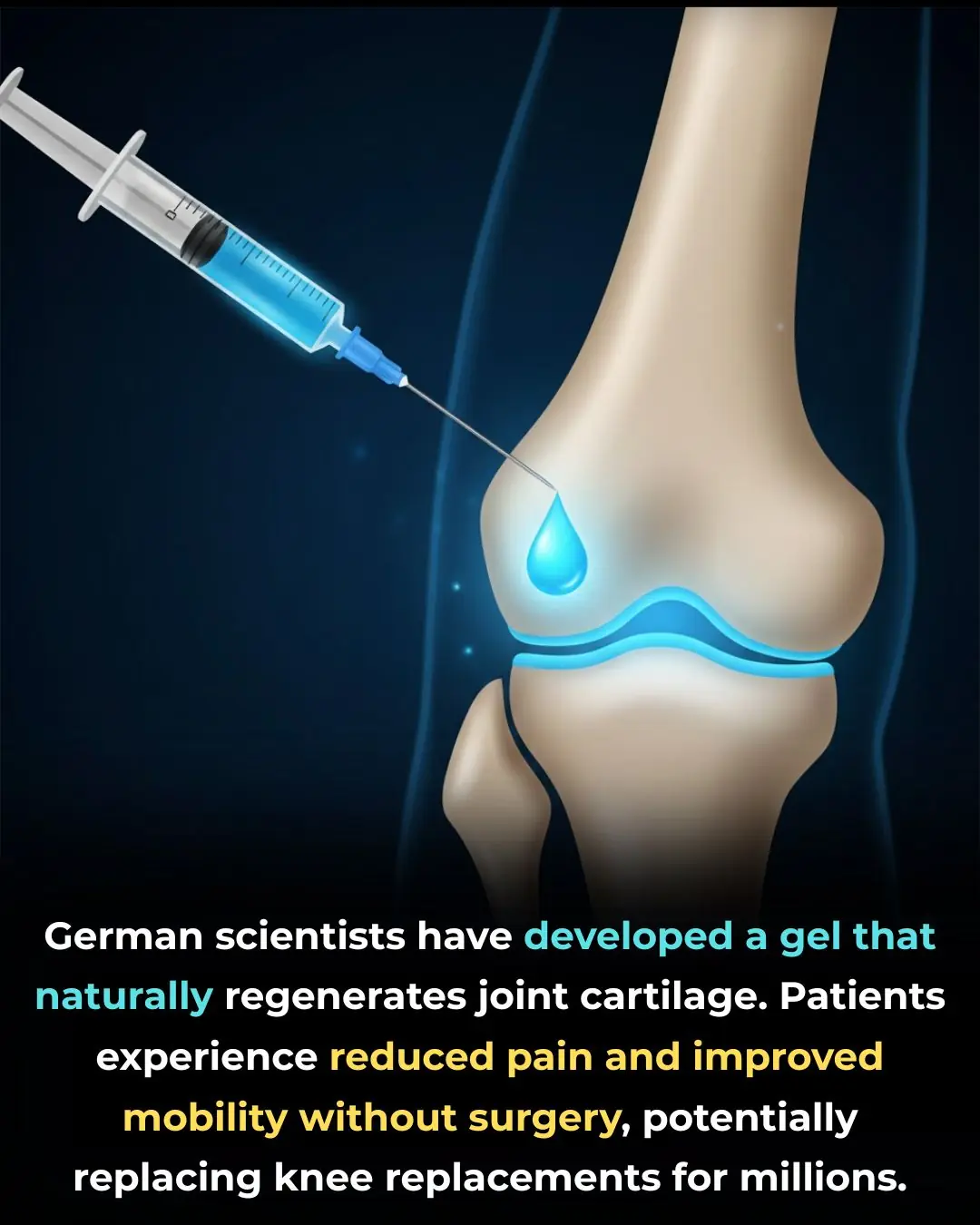
A Revolutionary German Gel May Repair Joints Naturally—Potentially Eliminating the Need for Surgery

The Power of Clove Steam Inhalation (Respiratory Relief You Can Feel Immediately)

Peter Tabichi: The Kenyan Teacher Who Became the World's Best by Inspiring Change and Giving Back

Reducing Meat Consumption by 90%: A Critical Step to Combat Climate Change and Ensure Global Sustainability

Revolutionary Nanobodies Offer New Hope for Alzheimer’s and Parkinson’s Disease Treatment

Gray Wolves: The Remarkable Lifelong Bond Between Mates and Their Role in Pack Survival

Sebastian Errazuriz’s Robotic Dogs: A Satirical Commentary on Tech Billionaires and the NFT Market

Voyager Spacecraft: A 40-Year-Old Marvel of Engineering Exploring Interstellar Space

Popular blood pressure drug linked to increased cardiac arrest risk

How the U.S. Escaped Hurricane Landfalls in 2025

Ancient Shark Fossils Unearthed in Mammoth Cave Rewrite 325 Million Years of Evolutionary History

Powerful Health Benefits of Pineapple You Should Know

How an Italian Police Lamborghini Huracán Helped Save Lives by Delivering Kidneys Across Italy

Can Spinal Screws Push Through the Skin? Understanding a Rare but Serious Post-Surgery Complication

Why the Tongue Is One of the Most Important Organs in the Human Body

What You Do First in This Scenario
